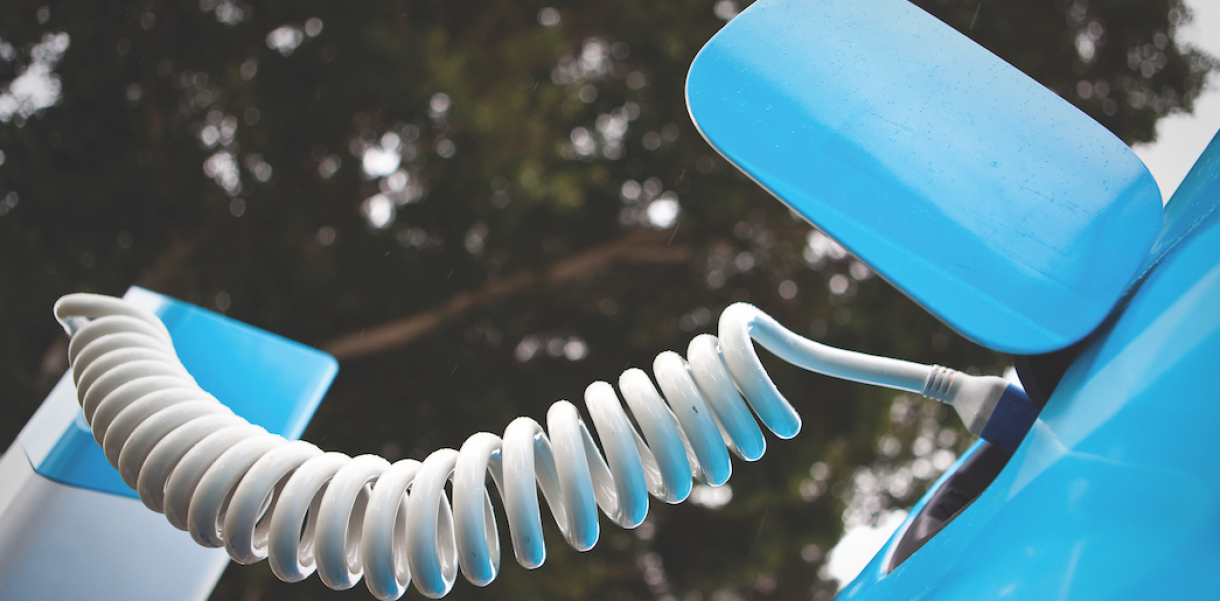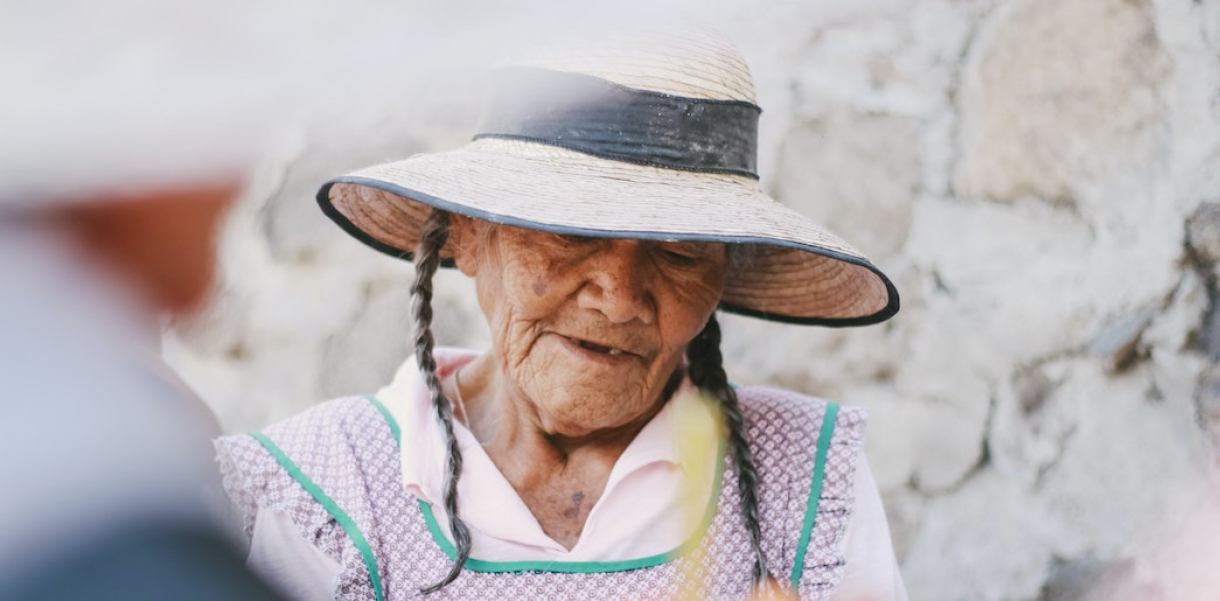There are rarely enough words I can get out of my son after his (and my) long day of kindergarten and work respectively. My question: “what did you do today?” is usually answered with the occasional tired little grunt and response of “nothing”. So, without being too pushy, I usually leave it and let him tell me in his own time. It was precisely one morning in his happy, relaxed and ready-to-go morning ritual that he, unprompted, on our way down the stairwell, revealed some of these happenings that I’ve been so curious to know more about.
Oliver: “Mumma, did you know, I’m a helper-friend to little Oliver at kindergarten and sometimes I’m a helper-friend to Mikkel too?”
Me: “That’s great! What do you do as a ‘helper-friend’?”
Oliver: “I help.”
Me: …’nuff said.
This concept of ‘helper-friends’ or ‘hjælperven’ in Danish is commonly introduced where older children are assigned to new kindergarten arrivals to help show the young ones how to get oriented. It’s up to the helper to be their buddy, have lunch together, show them how to get into the daily routine and to console them when they’re sad, offering hugs when everything gets too daunting and overwhelming.
Whilst feeling happy and proud that my son is being assigned responsibilities and feeling pleased about his new role, I found myself quick to praise him. But, also adding: “you do remember that you’re a helper-friend to all the other kids and not just the ones you’re assigned to?”
For the rest of the day and throughout the week, I was still thinking about this idea of being a helper-friend and questioning if and when that actually stops.
“‘Design to improve life’ starts from a place of wanting to help and make another person’s life better.”
We grow up, then schools, institutions and professional lives narrow our choices of who we spend our day-to-day with. These circles of people get smaller and smaller as we gravitate towards and limit ourselves to like-minded people that resemble us.
Have we sufficiently equipped children and young people with the motivation to serve other people’s needs who are not like themselves; younger, older, abled or disabled? What would it take to build a society of people who extend their help to each other – a society of helpers? And how do we equip young people with this motivation?
It starts also from the understanding that there’s an implicit struggle. That there’s an imbalance of power, an exclusiveness and inequality existing in the world. And, by daring to be concerned about another person’s struggle means that we try, as much as possible, to connect to the problem to better understand what’s needed to solve it and redress the balance.
With a rising generation of young people who are more aware of maintaining positive mental health and focussing on our inner selves, have we asked how the nurturing of such inner selves is connected to the outer others?
When I think of my role at Index, and the message that we uphold, I find myself asking: what's the motivation? ‘Design to improve life’ starts from a place of wanting to help and make another person’s life better. Understanding what the problem is, for whoever is struggling, is the starting point. Unearthing that human challenge means we are empathic to that person’s needs and wider contexts.
The motivation to design to improve life stems back to recognising that we are each other’s helper-friends. Helping someone else know that they’re not alone, feel empowered and genuinely acknowledging that the struggle is real.






